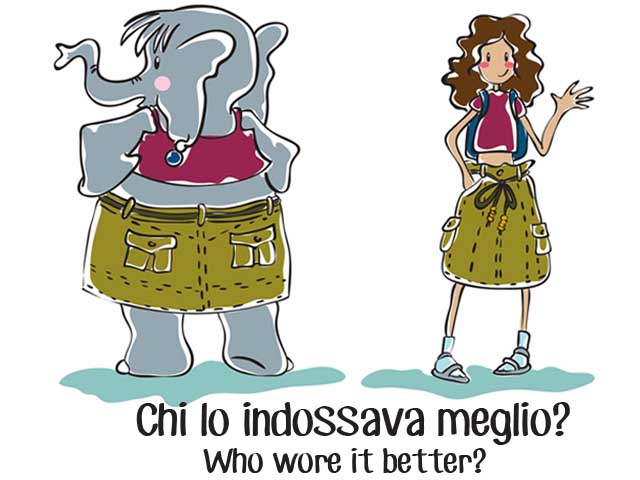
I confronti possono essere positivi o negativi.
Comparisons can be a good thing or a bad thing.
Secondo la teoria del paragonare sociale, il primo scopo di fare un confronto è una questione di sopravvivenza. Confrontiamo le nostre capacità con altre persone e valutiamo varie caratteristiche delle cose per guidare le decisioni che prendiamo per decidere se “attacare” or “ritirarci.”
According to social comparison theory, the first purpose of making a comparison is a matter of survival. We compare our abilities to other people and weigh various characteristics of things to guide the decisions we make to decide whether to “attack” or “retreat.”
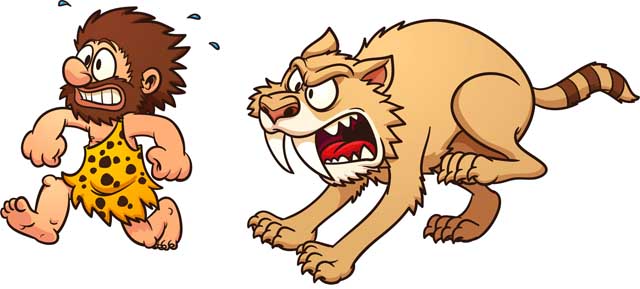
Quella tigre dai denti a sciabola sembra molto più grande di me. Sembra anche più affamato di me… Penso che farei meglio a correre!
That saber tooth tiger looks much bigger than me. He also looks hungrier than me… I think I’d better run!
Sembra un po’ cavernicolo. / It sounds a bit caveman-like.
Ma seriamente, confrontare le cose è essenziale, per gli umani per definire se stessi e il loro ambiente. Ci aiuta a capire come ci adattiamo agli altri e a creare le nostre narrazioni riguardo agli altri e al resto del mondo.
But seriously, comparing things is essential for humans to define themselves and their environments. It helps us figure out how we fit in with regard to others and create our own narratives in regard to others and the rest of the world.

Ad esempio: Mio fratello è più grande di me. Vivo in una città così come le dimensioni di Arezzo. Sono più bassa delle altre ragazze della mia classe.
For example: My brother is older than me. I live in a city, the same size as Arezzo. I am shorter than the other girls in my class.
Il confronto tra le cose può essere positive, fornendo motivazione per migliorare. Può anche insegnarci ciò che apprezziamo di più e aiuta a evidenziare le nostre priorità.
Comparing things can be a positive thing, providing motivation to improve. It can also teach us to what we value most and helps to highlight our priorities.
D’altra parte, confrontare le cose può essere una cosa negativa, scatenando rivalità, gelosia e sentimenti di inadeguatezza.
On the other hand, comparing things can be a negative thing, triggering rivalry, and jealousy and feelings of inadequacy.
Che siano buoni o cattivi, facciamo tutti dei confronti, quindi è important imparare come esprimere confronti in italiano.
Whether good or bad, we all make comparisons, so it is important to learn how to express comparisons in Italian.
There are 3 types
of comparatives
di maggioranza (majority) : Mio fratello è più grande di me. My brother is older than me.
di minoranza (minority) : Sono meno alta delle altre ragazze della mia classe. I am shorter than the other girls in my class.
di ugualianza (equality) : You can use “tanto… quanto” or “così… come”
La torta è tanto buona qunto il biscotto. / La torta è così buona come il biscotto. The cake is just as good as the cookie.
Now let’s focus specifically on how to use
“più… di” or “più + che”
to express unequal comparisons.
When you are making comparisons in Italian you use “più… di” or “più + che.” But the dilemma for many language learners is when to use one or the other.
Let me explain!
When to use “più… di”
You use “più… di” when you are comparing two different things (or people) to one quality
Esempio / un esempio: here you are comparing – a cake and a cookie to the quality of size.
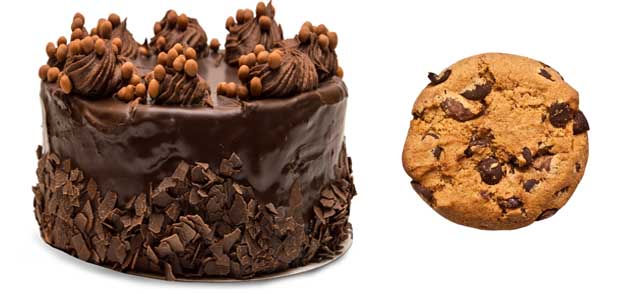
Questa torta è più grande di quel biscotto.
This cake is bigger than that cookie.
Un altro esempio / another example: here you are comparing two different things: a summer day and a winter day to the quality length/duration.

I giorni estivi sono più lunghi dei giorni invernali.
Summer days are longer than winter days.
When to use “più + che”
You use “più + che” when you are comparing different qualities or quantities as they relate to one specific thing
Esempio / an example: here you are comparing the appearance and the taste of a panino

Il panino è più bello che gustoso.
The panino looks better than it tastes.
Un altro esempio / another example: here you are comparing the two temperature qualities — hot and cold — to one summer day

I giorni estivi sono più caldi che freddi.
Summer days are more hot than cold.

Un altro esempio / another example: here you are comparing the number quantities of two things — dogs and cats — to one person
Antonella ha più cani che gatti.
Antonella has more cats than dogs.
Ora sai come di confrontare le cose in Italiano usando “più di” and “più + che”… ricordi di confrontare le cose saggiamente!
Now you know how to compare things in Italian using “più di” and “più + che”… now remember to compare things wisely!
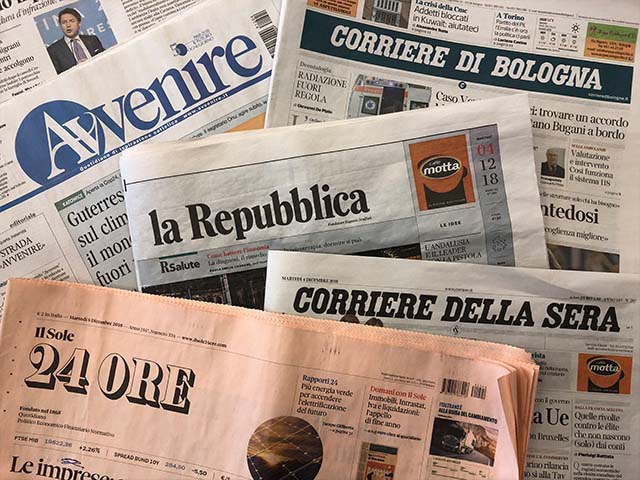
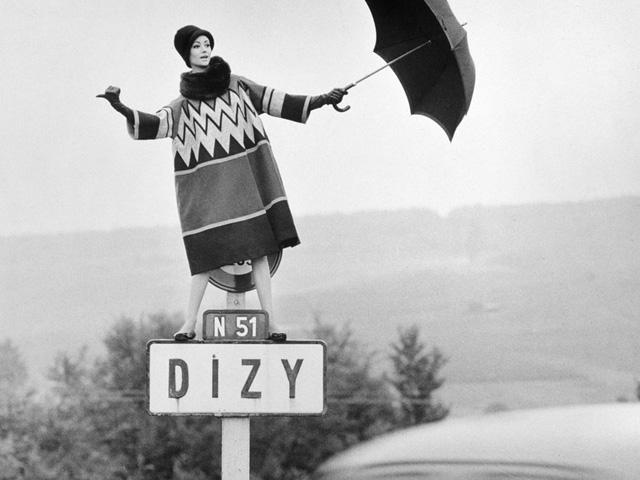
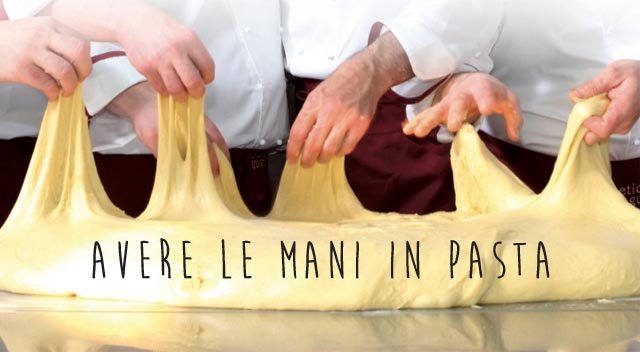

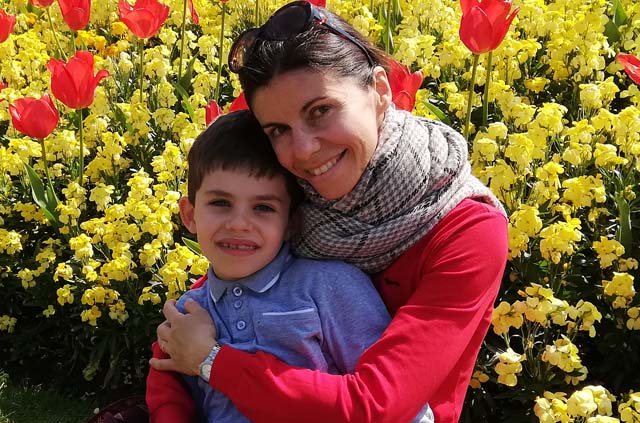
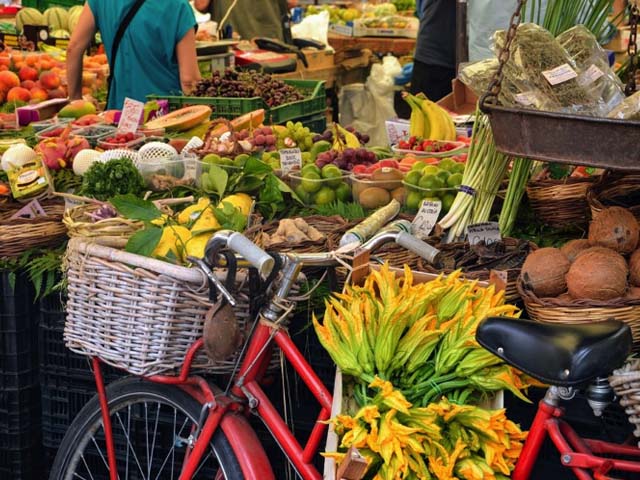






Delightful article – quite enjoyed your evolutionary and behavioral perspective on this important grammar topic.
I was confused about this topic and felt lucky to come across your website! I absolutely admire your writing style and the visuals.
Regards,
Carissa from Indonesia (who happens to be a blog writer as well)
Ciao Carissa1 Thanks so much for leaving a comment. You made my day! I’m so pleased you enjoyed the article and it was helpful to you. Let me know if I can help you along with your Italian language journey! Happy to answer questions! A presto! Melissa (la studentessa matta)